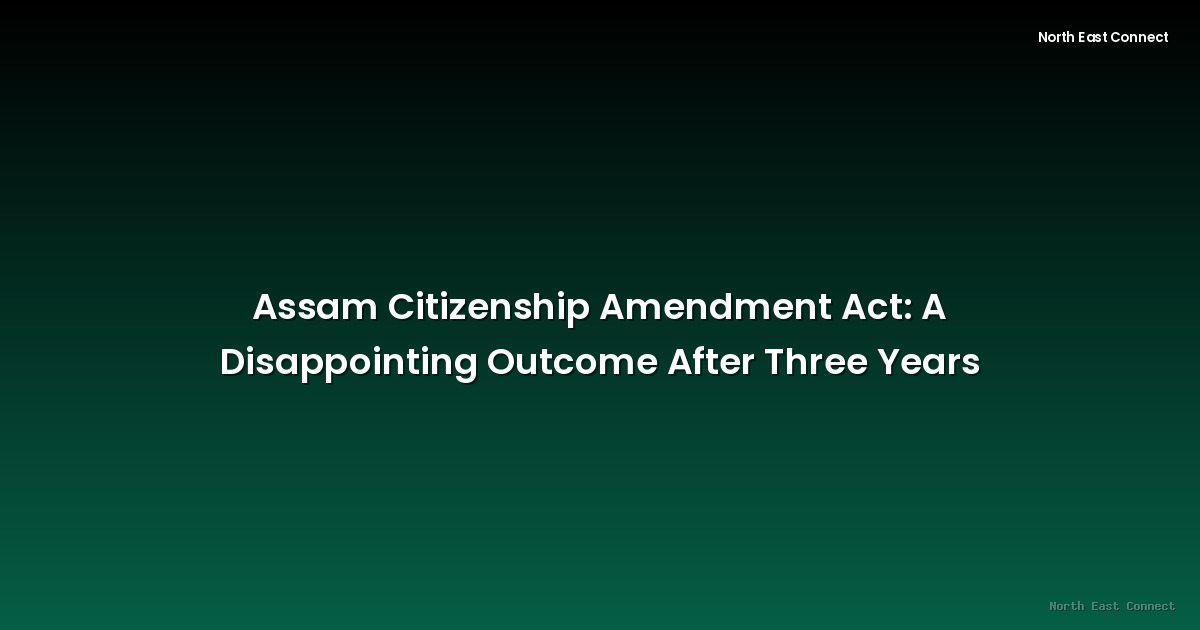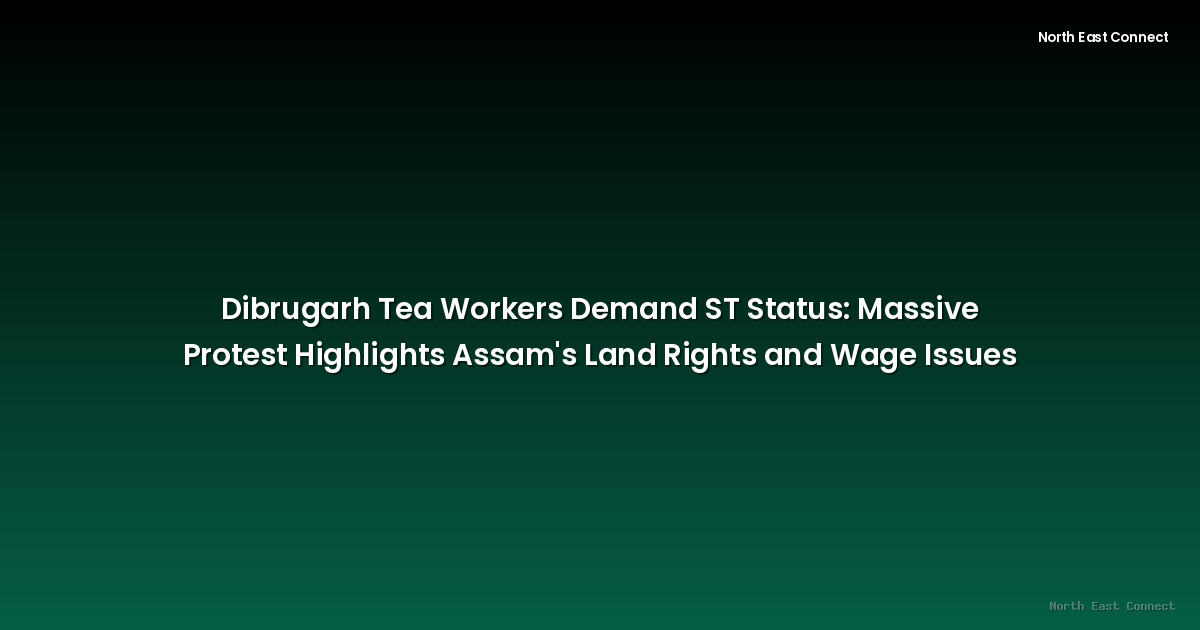2025-09-04 · News
The Citizenship Amendment Act (CAA), a controversial piece of legislation passed in India in 2019, aimed to grant Indian citizenship to religious minorities (Hindu, Sikh, Buddhist, Jain, Parsi, and Christian) who had fled persecution from Pakistan, Bangladesh, and Afghanistan. While the Act's implementation has been met with varying levels of acceptance across the country, its impact in the northeastern state of Assam has been particularly noteworthy—or rather, underwhelming.
Recent statements by Assam Chief Minister Himanta Biswa Sarma reveal that only three individuals have been granted Indian citizenship under the CAA in Assam since its inception. This figure stands in stark contrast to the expectations and concerns that surrounded the Act's rollout, particularly in Assam, which has a long history of complex demographic issues and anxieties surrounding immigration. The low number of successful applicants raises serious questions about the effectiveness and practicality of the CAA's implementation process in the region.
Several factors may contribute to this low number. The process of applying for citizenship under the CAA involves rigorous documentation and verification procedures. Applicants are required to provide substantial evidence to prove their religious persecution and their continuous residence in India. Gathering such evidence, particularly for individuals who have been living in India for extended periods without formal documentation, can be a significant challenge.
Furthermore, the political climate surrounding the CAA has been highly charged, with widespread protests and opposition from various sections of society. These factors may have deterred potential applicants from coming forward. The complexities of verifying claims and navigating the bureaucratic process may also have contributed to the low number of successful applications.
The implications of these low numbers are multifaceted. It suggests that the CAA’s practical impact, at least in Assam, has fallen far short of initial projections and expectations. The limited number of successful applicants may lead to renewed calls for a review of the implementation process to address procedural bottlenecks and ensure greater clarity for potential applicants. This may involve simplifying the documentation requirements, improving the efficiency of the verification process, and possibly increasing public awareness and outreach initiatives.
The low uptake of the CAA in Assam also highlights the complex interplay between legal frameworks and socio-political realities on the ground. It underscores the challenges of addressing issues of immigration and citizenship, particularly in a region with a sensitive demographic landscape and a history of complex identity politics. The government may need to consider alternative strategies to achieve the stated goals of the CAA while acknowledging and addressing the concerns and challenges on the ground.
The continued low number of citizenship grants under the CAA in Assam warrants ongoing monitoring and evaluation. A comprehensive review of the process, including feedback from both applicants and implementing agencies, could pave the way for improved efficiency and efficacy in the future. Only through a thorough assessment of the challenges and a willingness to adapt can the government hope to fully realize the stated aims of the CAA. The future of the CAA in Assam, therefore, remains a subject of ongoing debate and necessitates a careful consideration of the factors impacting its implementation.







